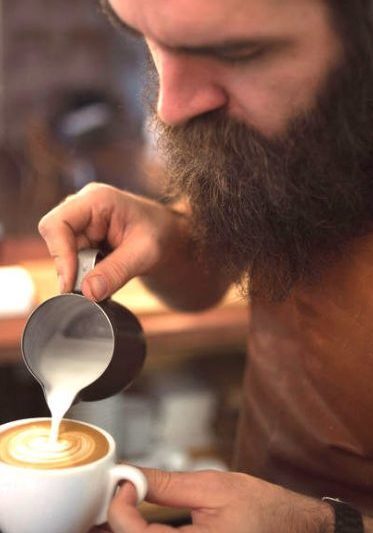In prehistoric days – before Starbucks had a loyalty program – I asked, then CEO Howard Schultz, why Starbucks didn’t incentivize repeat business. Essentially, he answered, “why would we decrease organic loyalty when high volume customers return 28 times a month and, in the process, diminish perceived product value.” Fast forward to the 2008 recession, and Starbucks launched its rewards program.
Before I offer tips on creating programs that spark repeat business, let me share three important lessons I learned from Howard Schultz.
1) Rewards programs are less about loyalty and more about incentivizing repurchase behavior.
2) True loyalty is relational and results from delivering personalized, consistent, and easy experiences.
3) Rewards programs are a tool to drive engagement and repeat business.
With those learnings in mind, here are a few things to consider as you build a successful REWARDS program.
Know What Your Target Customers Value – Like most aspects of business, success in rewards program creation begins with listening. You have to know what your target customer groups want to set up an effective rewards structure.
Drive Behaviors Linked to Profitability – Every customer should be treated with care and respect. That said, high-value and prospective high-value customers should be rewarded for and encouraged to enjoy as many of your products and services as possible. Customers who are engaged with your brand should have their purchases rewarded.
Study Game Theory and Intermittent Reinforcement Principles – Knowledge of game theory (and psychological principles of intermittent reinforcement) will help you capture and retain the attention of reward program participants. Think of slot machines as the classic example of intermittent reinforcement (the machines pay off with enough frequency to keep people playing). Panera bread has a rewards program that motivates customer behavior through intermittent reinforcement. As for game theory, reward programs benefit from many components like mastery, setting levels, immediate recognition, and the ability to celebrate in one’s social network.
Set Clear Attainable Reward Triggers – The more complicated the rules, the less effective the reward structure.
Think Tiered and Customized Rewards – Successful rewards programs like Sephora’s (with well over 25 million registered users) rely on multiple tiers and customized rewards that foster personalized customer experiences.
Make Your Program Fun – Rewards programs are an opportunity to be playful with your customers. When Starbucks launched its rewards program, it jazzed up its presence on the mobile app by having the customer scorecard reflect stars that fell into an on-screen cup. Designers took that up another level by having the stars bounce around in the cup as a customer changed the orientation of their mobile device.
Rewards programs are a potent activator of repurchase behavior and should be considered one way to enhance your overall loyalty-building approach.
To learn more about our team, please visit josephmichelli.com. To speak to me about your CX journey, please go to josephmichelli.com/contact.

Joseph A. Michelli, Ph.D. is a professional speaker and chief experience officer at The Michelli Experience. A New York Times #1 bestselling author, Dr. Michelli and his team consult with some of the world’s best customer experience companies.
Follow on Twitter: @josephmichelli



